Two strangers whose great ancestors were on opposite sides of the racially-charged Colfax Massacre 150 years ago have formed an unexpected friendship as they try to set the record straight. The first step was removing a monument that Louisiana officials agreed mischaracterized the violence as a riot.
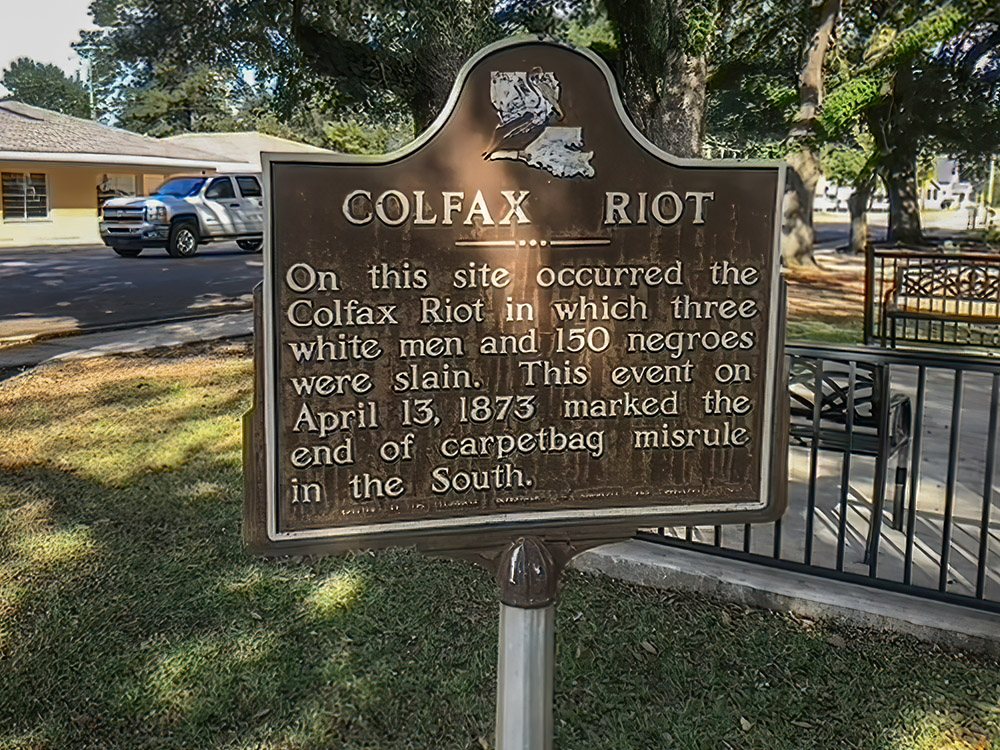
A historical marker placed outside the Grant Parish Courthouse in the town of Colfax describes what it calls a riot that occurred on this site on Easter Sunday, 1873. For generations, this two sentence description is all most people knew about an event that caused as many as one hundred deaths. The massacre followed a disputed Louisiana governor’s election in 1872. The dispute filtered down to the local level. Southern white Democrats refused to accept election results that put Reconstruction-era Republicans in office.
misleading at best – a lie at worst
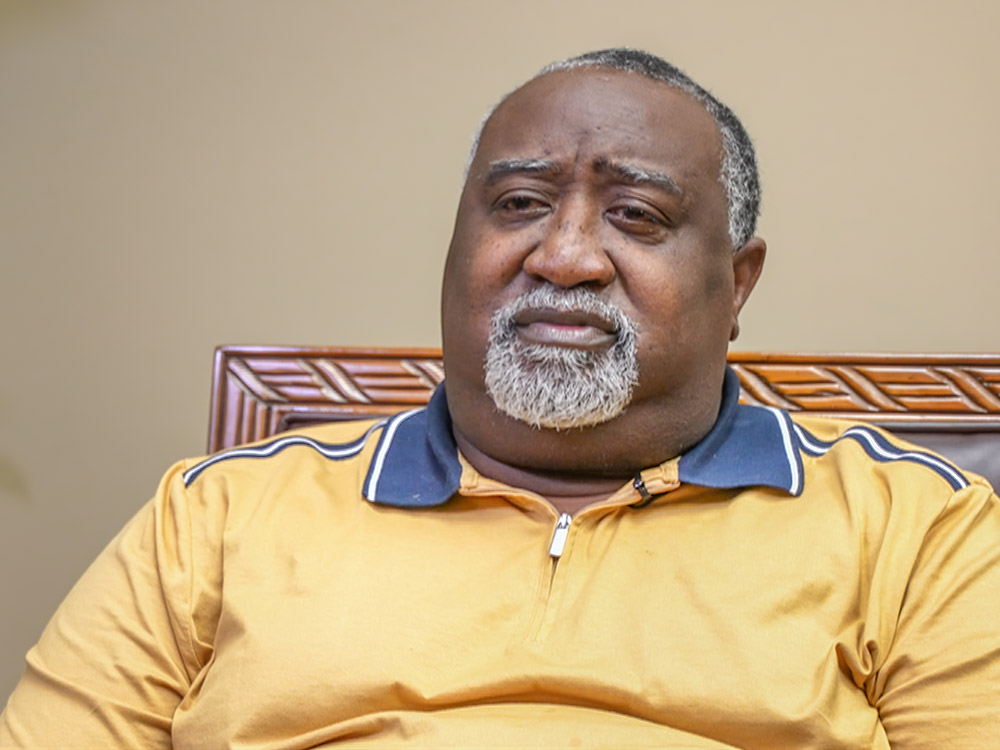
Rev. Avery Hamilton, the pastor at First Baptist Church in Colfax, has been at the forefront of efforts to remove the controversial marker. Hamilton wanted to see a new marker that more accurately portrayed the violence as a massacre of Blacks by White Supremacists. Hamilton said the marker should come down, “because it was misleading and best, and a lie at worst.” It turns out that Hamilton’s great-great-great grandfather, Jesse McKinney, was the first victim of the violence. “Jesse was a landowner and he was on his farm working when four riders rode up and shot him,” Hamilton said. But the Grant Parish Police Jury, which owns the courthouse land where the marker stood, refused to remove the monument.
another family link to the colfax massacre

Dean Woods of Houston, a retired businessman, had read historical accounts of the Colfax Massacre. His family is from Grant Parish. He made a shocking discovery in the obituary of his great grandfather, Bedford Woods. It stated that his great grandfather, “was a veteran of the Colfax Riot, and was one of those men who helped put an end to the carpetbag regime in Louisiana, and return the right of suffrage to the white Democrats of Louisiana.”
brutal family history
Bedford Woods would have been 21 years old at the time of the 1873 massacre. And that fact is troubling to Dean Woods. He believes that young White men were assigned to watch the Black prisoners who surrendered in the courthouse attack. Woods says the young guards, “decided to have a little fun that evening, and they began to shoot the unarmed surrendered men. I didn’t know how to process it because, clearly, I couldn’t do anything about it. It was part of my history,” Woods said.
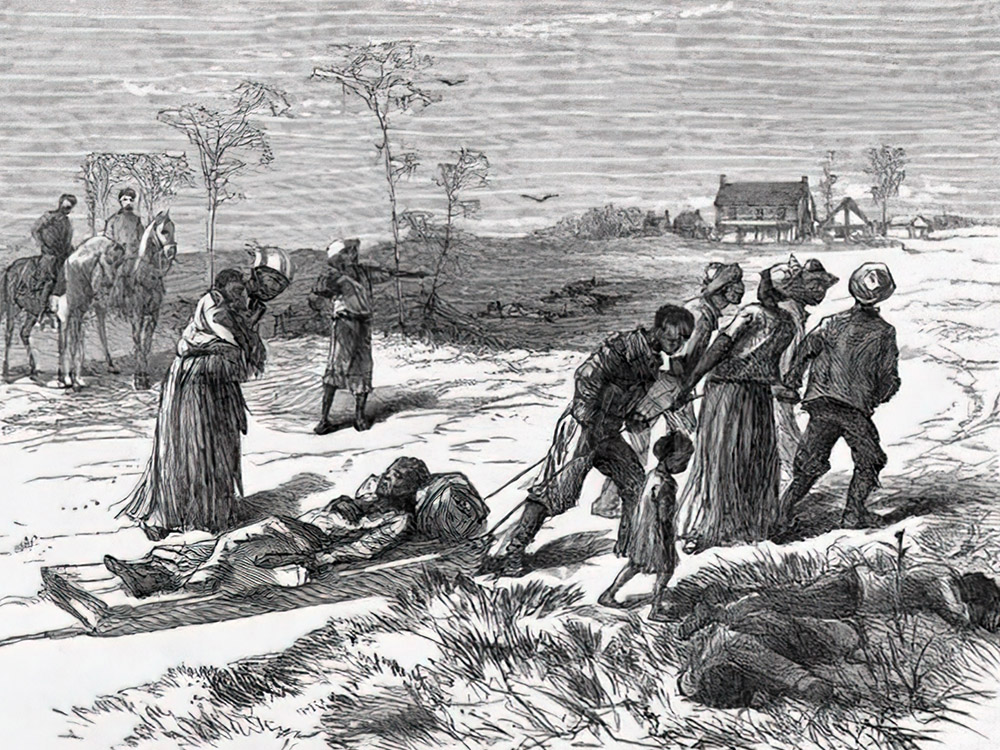
new friendship and new mission
Dean Woods traveled to Colfax and met with Rev. Hamilton. “He said you don’t need to feel guilty about what your great grandfather did. You weren’t here,” Woods recalled. Woods and Hamilton worked together to get the Colfax Riot historical marker removed. Now they want “to memorialize what took place and put it in its proper context,” Hamilton said.
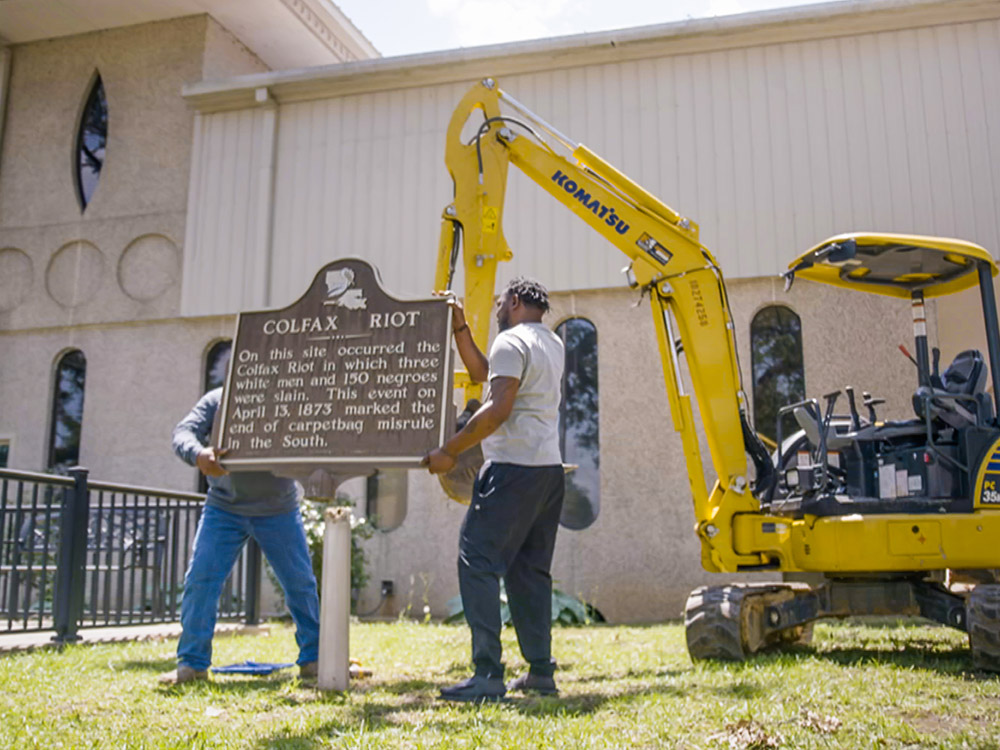
A little research took Dean Woods to the state of Louisiana. The state owns the controversial marker which it installed at the Grant Parish Courthouse in 1950. The state agreed that the monument should be removed because it did not accurately reflect history. But the Grant Parish Police Jury will not allow a new marker to take the place of the old one.
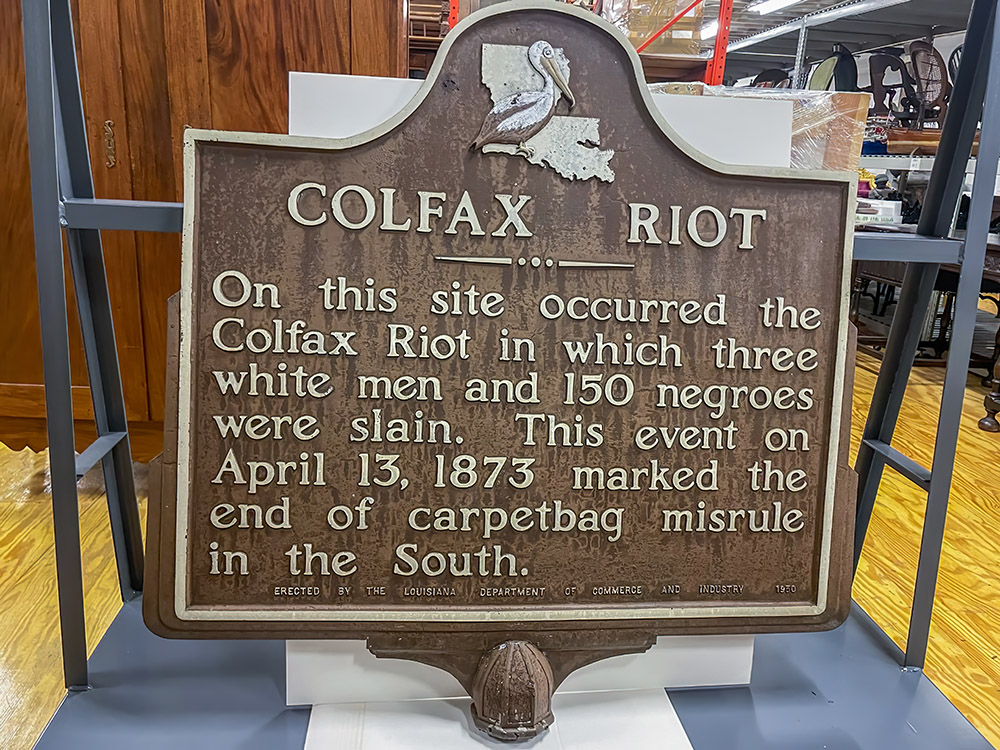
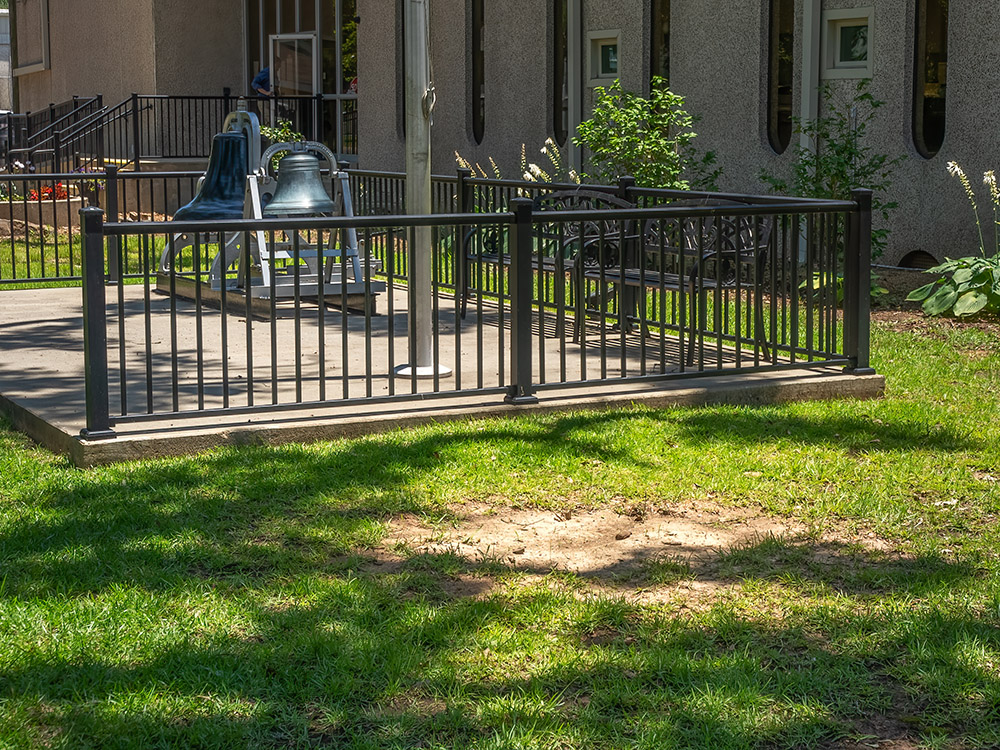
history’s uncertain future
Dean Woods and Avery Hamilton would like to see a more accurate memorial in Colfax to reflect the massacre that took place here 150 years ago. They are searching for a possible site on private property. Today’s estimates place the number of Blacks killed at approximately 100. Three white men died in the attack. There is an obelisk in the local cemetery in remembrance of those three men, who it says, “Fell in the Colfax Riot fighting for White supremacy”.

the legal legacy of the colfax massacre
In the aftermath of the massacre at Colfax, the United States Attorney in New Orleans successfully prosecuted several White citizens for depriving the Black victims of their constitutional rights. But the Supreme Court struck down the convictions in the case of U.S. vs. Cruikshank. The Supreme Court ruled that the 14th Amendment was not designed to protect individuals against the actions of other individuals, but only those actions of the state. That decision limited the ability of the federal government to protect the civil rights of newly freed African Americans
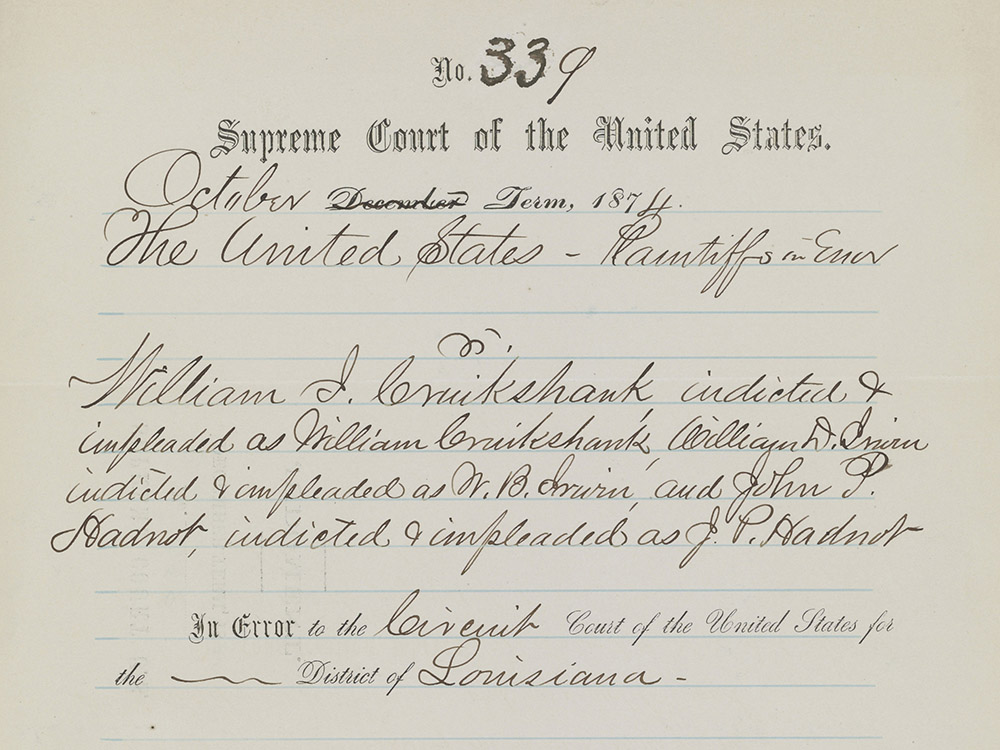
colfax massacre featured on tv
Getting there
200 Main St, Colfax, LA 71417
200 Main St, Colfax, LA 71417

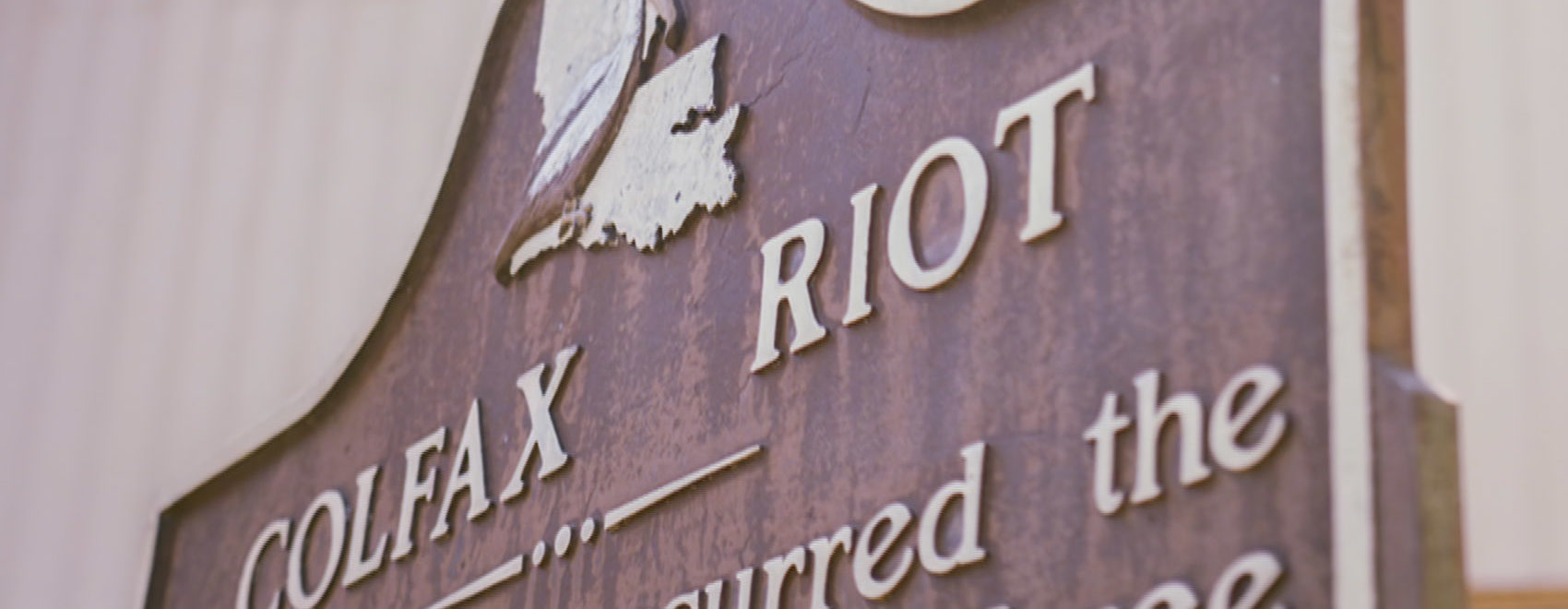

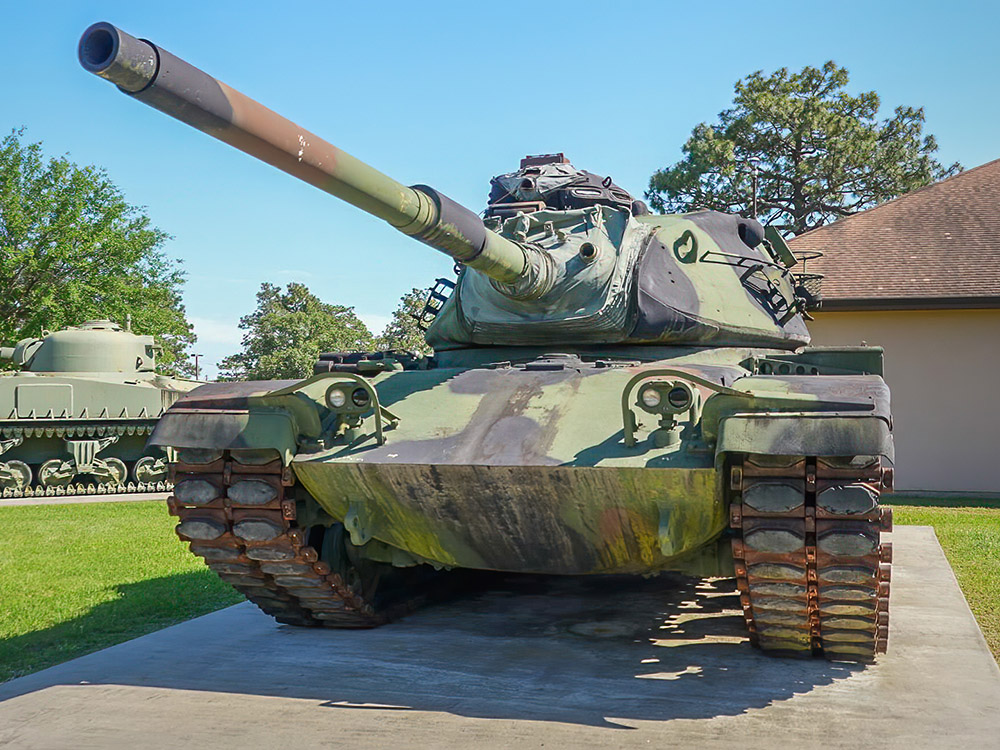

Louise Punch
Just watched the Colfax story. Thanks for this eye opener. I am sure this wasn’t the only “riot “. Glad to hear the truth. Keep up the stories
Lois Knight
Brother Avery is right. It’s time to heal and show history as it was.
Stephon Kirk
Thanks for the mini history lesson. Have you considered doing a piece on the Coushatta Massacre of 1874?